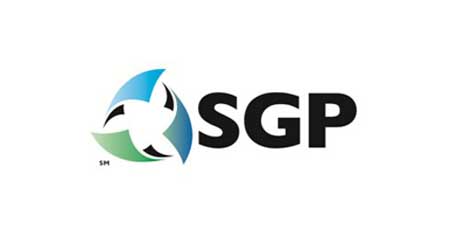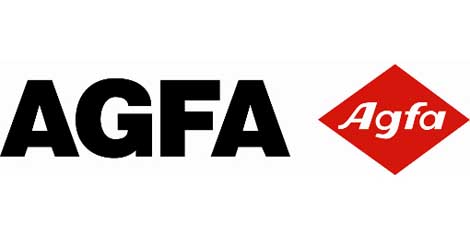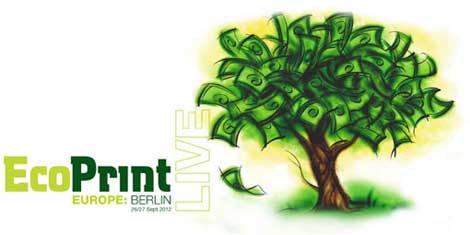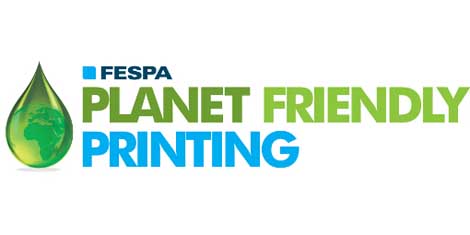
Sustainable Green Printing Partnership (SGP), a non-profit organization providing sustainability certification in the graphic communications industry, has announced that the Austin, Texas print facility of ProGraphix is SGP Certified. ProGraphix is a wide format digital printer specialising in sustainable and eco-friendly retail, exhibit, event and promotional graphics. The company is already realising the benefits of implementing SGP's criteria, such as an increase in its efficiency and a reduction in waste. SGP Certification also strongly positions ProGraphix as a leader in sustainability, as it is the only SGP Certified facility in Austin, and the second facility in Texas.
"SGP Certification was a substantial undertaking, but the resulting improvements in our products, processes and facility were well worth the effort," comments Nicki Macfarlane, president of ProGraphix.
SGP Certification gives ProGraphix the opportunity to develop and implement a formal sustainability program that delivers value and results. As a credible, third party endorsement, SGP Certification demonstrates ProGraphix's commitment to achieving its sustainability goals, while meeting customers' expectations and providing a safe working environment for employees.
"SGP Certification is for all companies, large and small alike," states Marci Kinter, Chair, SGP Program. "The Certification demonstrates ProGraphix's commitment to sustainable business practices, and it clearly differentiates them in the marketplace."
The Certification Process
ProGraphix began the certification process with regular committee meetings to encourage employee participation and communication. The company conducted extensive research to identify environmentally friendly print materials, such as recyclable banners and biodegradable rigid substrates. Today, ProGraphix recommends these sustainable materials to its customers whenever possible, and ensures that its suppliers are aware of its preference for sustainable media.
As part of the Certification process, ProGraphix also opted to upgrade its equipment to incorporate more sustainable processes. For example, its new flatbed printer substantially reduces the amount of waste produced, and the printer's UV inks have virtually no VOCs. Other improvements were based on the safety and health checklist that supported its goal of providing a safe working environment.








